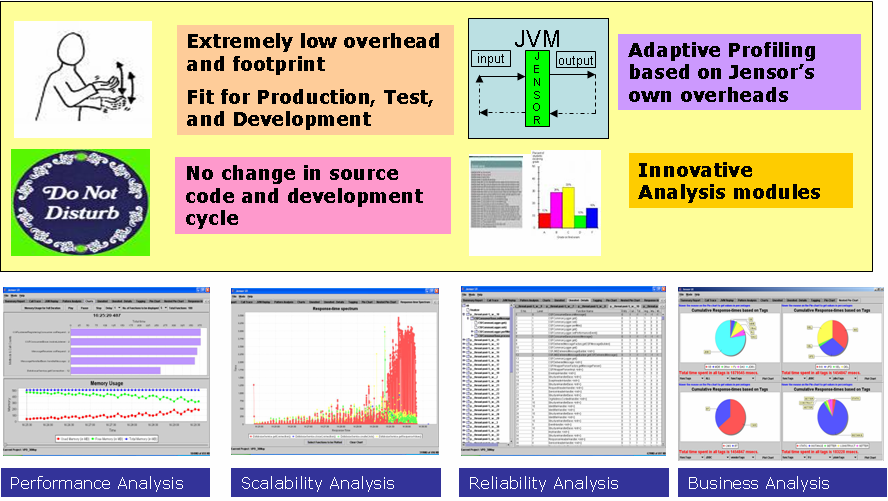The SLAMD Distributed Load Generation Engine (SLAMD) is a Java-based application designed for stress testing and performance analysis of network-based applications. It was originally developed by Sun Microsystems, Inc., but it has been released as an open source application under the Sun Public License, which is an OSI-approved open source license.
The main site for obtaining information about SLAMD is http://www.slamd.com/, but it is also available as a java.net project.
SLAMD was originally developed for the purpose of benchmarking and analyzing the performance of LDAP directory servers, and it is the most powerful and flexible tool available for this task.
However, it is also well-suited for testing other kinds of network applications and has been used for things like Web servers and Web-based applications, relational databases, and mail servers. It can also be used for non-network based applications (and in fact, it is used for comparing things like CPU power and memory latency across a number of different kinds of systems), although its distributed nature makes it ideal for systems that can be accessed remotely.
SLAMD provides a Java-based API to make it possible to quickly develop custom workloads, and it also contains an embedded scripting engine that can make it easy to stress applications using protocols like LDAP, HTTP, SMTP, IMAP, and POP, or any database that can be accessed via JDBC.
It also includes tools for recording and playing back TCP traffic, and a utility for intercepting LDAP communication and writing it as a script that may be executed in the SLAMD scripting engine.
Here are some key features of "SLAMD":
Distributed Load Generation
Software Details:
Version: 1.8.2
Upload Date: 3 Jun 15
Developer: Neil Wilson
Distribution Type: Freeware
Downloads: 22


Comments not found